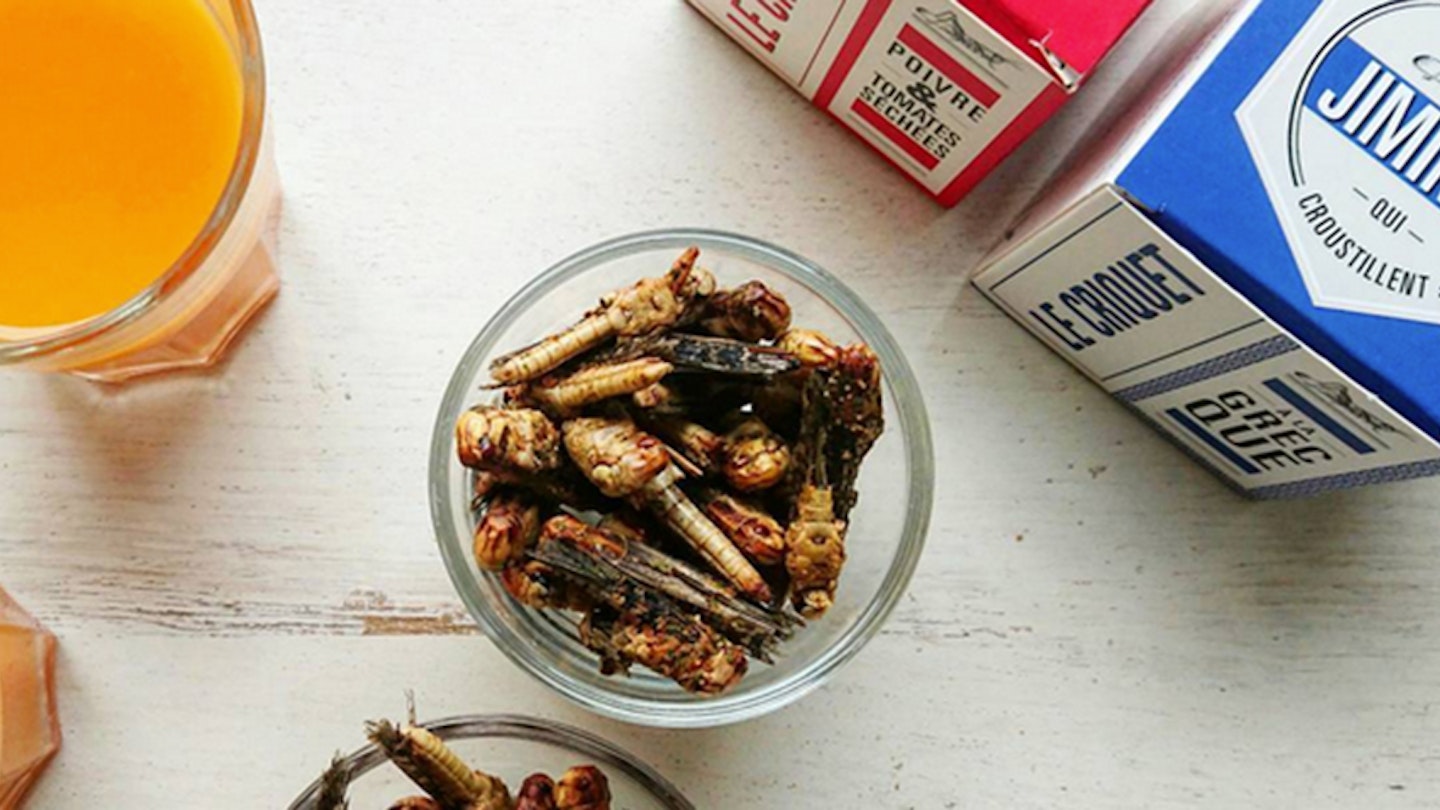This year insects are starting to take over our plates, whether that’s in the form of energy bars, ground flour or just simply roasted and sprinkled on top of your salad.
Edible insects are fast becoming part of the ever-growing ‘foodie’ scene, with restaurants that already have a focus on sustainable produce starting to serve insects alongside your everyday cup of mixed nuts, or even on top of cocktails.
But is this really the future of sustainable protein? Should we all start to embrace this new food source?
Before you start rummaging around your garden for something to cook this evening, we’ve done the legwork for you to see if this trend is really worth the hype.
Trend: Edible Insects
What Is Entomophagy and Why Is It Trending?
The practice of eating insects, known as entomophagy, is not a new one, but has become common practice in many countries around the world as a way of getting an additional source of protein in the diet. However, apart from a few cameos in ‘I’m a Celebrity Get Me Out of Here’ eating insects hasn’t quite made it into mainstream western cultures, until recently.
One of the big selling points of eating insects is they are a great source of protein. A single cricket is 70% protein, which can theoretically provide a level of concentrated protein to a meal.
They’re also a much more environmentally friendly food source than other ‘meats’, with a significantly lower carbon footprint than other animal proteins such as beef.
OK, is it worth the hype?
All you have to do is watch 10 minutes of ‘Cowspiracy’ to know that eating insects is definitely more environmentally friendly then our current livestock market, but whether this is a viable replacement is still up for debate.
When you pit them against one another, insects actually come out pretty well. 100g of lean beef contains roughly 26g of protein whilst the same amount cod contains about 18g. So when considering 100g of crickets contains a huge 30g of protein, things start looking fairly positive for this new food group.
Though it’s not as simple as swapping one for the other. When you look at the size and weight of insects, you suddenly realise the sheer volume you need to consume to have a 100g serving is not really a feasible like for like replacement.
At the time of writing, 100g of ‘mixed’ insects will set you back about £30. This price is likely due to their limited availability, but would leave a dent in your wallet if you were to start consuming these on a weekly basis.
Should I start eating insects?
It’s always great to experiment with different natural ingredients, especially when they are environmentally sustainable and offer additional nutritional benefits. However, due to the quantity you need to get adequate protein levels, as well as the price tag attached to them, insects aren’t going to suddenly replace our current protein sources.
If you want to move towards a more sustainable diet, but don’t want to go full vegetarian or vegan, then the best move is to focus on having a small amount of high quality organic animal protein, such as chicken, eggs or fish, and then top this up with lots of plant based proteins such as beans, seeds and nuts.
Insects can work in conjunction with your diet to add additional sources of protein and nutrients, but at the moment they are unlikely to become western society’s primary source of protein.
Verdict
Although I think they will continue to pop up on the foodie scene for some time, I don’t think they will change the face of meat consumption – this ones a fad.
Cover photo: @jimini_s
READ MORE: The 9to5 Foodie's Guide To Health And Wellness: Matcha Green Tea
READ MORE: The 9to5 Foodie's Guide To Health And Wellness: The Alkaline Diet
READ MORE: The 9to5 Foodie's Guide To Health And Wellness: Gut Health
